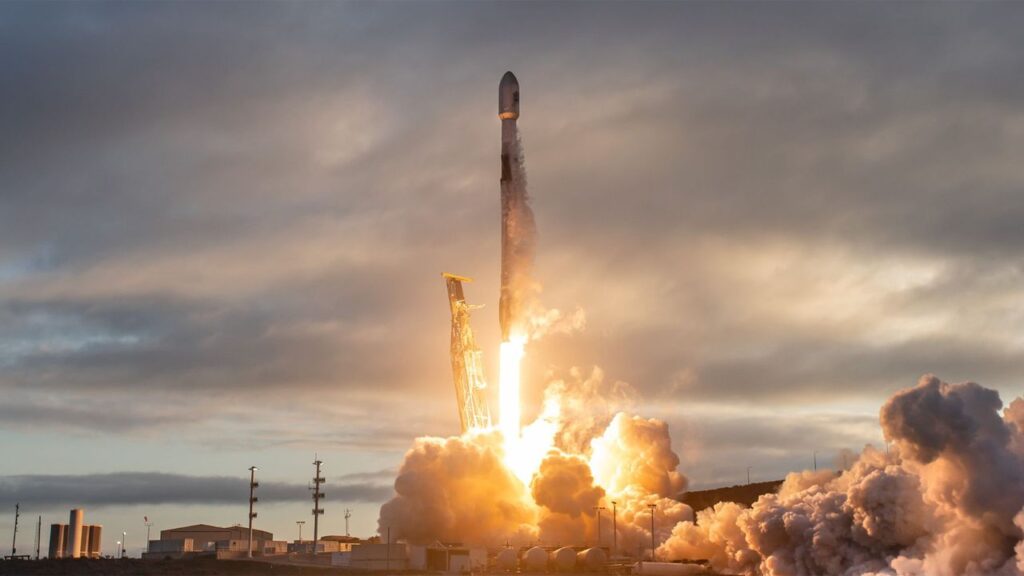
The Department of the Air Force has approved SpaceX’s plan to conduct up to 100 launches annually from Vandenberg Space Force Base in California. This decision, announced on October 10, 2023, marks a significant increase from the previous allowance of 50 launches per year. The approval followed the release of a final environmental impact statement regarding SpaceX’s proposed expansion of operations at the coastal base.
Currently, SpaceX has conducted all its launches from Vandenberg using the Falcon 9 rocket, specifically from Space Launch Complex 4-East (SLC-4E). The recent approval, however, paves the way for additional capabilities, including launches of the Falcon Heavy from Space Launch Complex 6 (SLC-6). This pad has not seen a launch since 2022 and will undergo modifications to accommodate both Falcon 9 and Falcon Heavy missions.
The Air Force’s decision allows for up to five Falcon Heavy launches per year from SLC-6. Despite this authorization, it is unlikely that Falcon Heavy will utilize its full quota, as it has not flown in over a year. SpaceX is also focused on developing its next-generation rocket, Starship, which is designed for future missions to Mars.
Future Considerations for SpaceX Launches
While the Air Force’s approval represents a substantial step for SpaceX, it is not the final requirement for launching. The Federal Aviation Administration (FAA) will conduct its own review and issue an independent record of decision based on its findings. Air Force officials emphasized that this step is crucial for ensuring compliance with federal regulations governing commercial launches.
SpaceX currently operates from multiple launch sites, including Vandenberg, Starbase in South Texas, and Cape Canaveral Space Force Station alongside NASA’s Kennedy Space Center in Florida. Starbase serves as the primary facility for Starship testing and manufacturing, having hosted all of the megarocket’s test flights to date. Vandenberg is particularly suited for launches into polar orbits, which are essential for Earth observation satellites due to their ability to cover nearly the entire surface of the planet as the Earth rotates.
As SpaceX prepares for this expanded operational capacity, the implications for both the commercial space industry and military applications are profound. The ability to launch more frequently from California enhances the nation’s capabilities in space exploration and satellite deployment, aligning with increasing demand for satellite services and Earth monitoring technologies.
With the landscape of space travel rapidly evolving, the upcoming years promise to be transformative for SpaceX and the broader aerospace sector. The approval signals confidence in SpaceX’s capabilities and reflects the growing interest in leveraging commercial partnerships to advance national space objectives.





